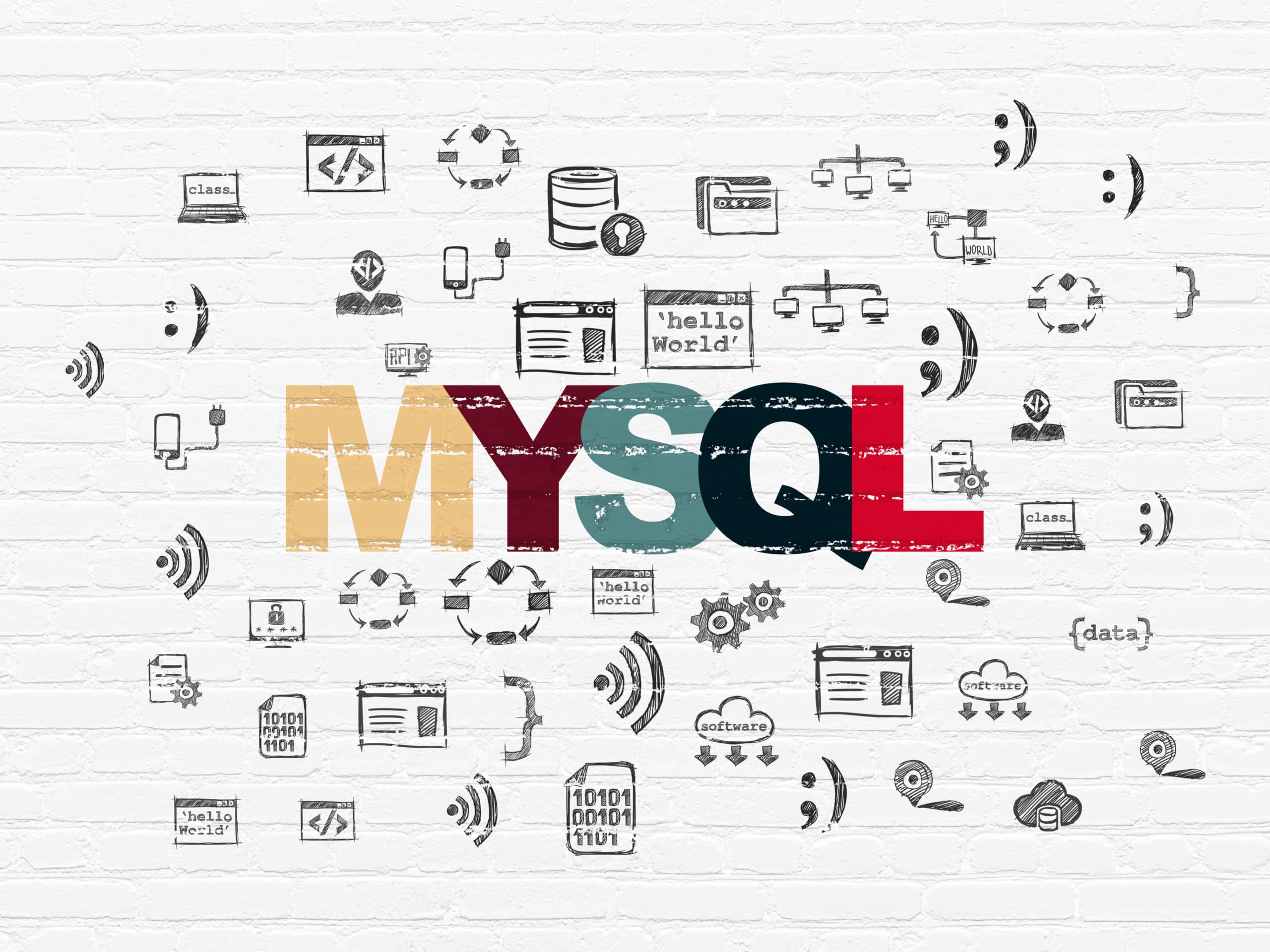MySQL is a relational database management system based on the SQL programming language. It offers an open source version, enabling users to access and modify the source code, and an enterprise version providing access to the latest software features and support from Oracle, MySQL's current owner and developer.
MySQL is an open source relational database management system (RDBMS), based on SQL (Structured Query Language). This solution, one of the most popular in the world, is renowned for delivering high performance in the storage of large volumes of data (particularly in Big Data) and in Business Intelligence. Founded in 1994, MySQL was acquired by Sun Microsystems in 2008 and has belonged to Oracle Database since 2010.
MySQL is used by numerous companies worldwide, including Google, Yahoo!, YouTube and Adobe in the digital sector, Airbus, Alstom and Alcatel-Lucent in industry, Crédit Agricole in the banking and insurance sector, and the AFP, Reuters, BBC News and Ernst & Young media.
What's the difference between SQL and MySQL?
SQL for Structured Query Language is a programming language that facilitates the storage, management and retrieval of data in a relational database. In other words, it’s a language internal to the operation of the database.
MySQL is a relational data management system that uses SQL, just like Microsoft SQL server or Oracle Database.
How does MySQL work?
MySQL allows data to be stored in separate tables. These tables classify data according to their characteristics. They are organized by rows and columns. Rows represent individual records, while columns represent attributes.
For example, the student database may have attributes such as ID number, name, age, class, grade 1, grade 2, etc. In this example, each student record is stored in a separate table.
In this example, each row represents a set of details for a particular student. Tables in databases are linked to each other. These databases are therefore called relational databases. The client-server model used by MySQL brings speed of execution and flexibility. It allows the computers on which MySQL runs to be treated as ‘clients’.
Whenever clients need to access data, they connect to the RDBMS server where the data is stored and launch their queries. This means faster execution and greater flexibility.
What are the advantages of MySQL?
First and foremost, the organization of relational databases enables more precise sorting of data. Better-organized data enables more efficient queries, whether issued by a human user or an application. What’s more, the organization of data tables by means of pre-defined relationships makes it possible to combine data with one another during a query, bringing greater precision.
The community version of MySQL is free. Its operating mode offers excellent performance and secure multi-user access. Last but not least, its open source configuration means it can be constantly enhanced and customized to meet the needs of users and businesses alike.

MySQL, two versions to meet every need
MySQL is available in two main versions. The Open-Source Community Edition is available free of charge on over 20 platforms, including Windows, Linux, Unix and Mac OS, to name but a few.
This community edition uses the General Public License (GPL). This allows users to access and modify the source code.
In this way, MySQL can be customized to suit your company’s needs.
However, companies wishing to do so can opt for a commercial version of MySQL Enterprise Edition. This version gives you access to the latest software features and 24/7 Oracle support.
What’s more, the Enterprise Edition is an enhancement to the Community Edition and offers a number of other high-performance features. These include MySQL Workbench, the intuitive graphical interface for creating, modifying and deleting tables and user accounts, and for performing database management operations.
MySQL Workbench, a clear interface for your database
MySQL Workbench allows the user to create and manage connections to the database server and execute SQL queries on these database connections using the integrated SQL editor.
The MySQL Workbench interface has five key features:
- SQL development: the interface enables the user to create and manage connections to database servers. In addition to configuring connection parameters, MySQL Workbench offers the possibility of executing SQL queries on database connections using the integrated SQL editor.
- Data modeling: MySQL Workbench lets you graphically model the organization of your database. Conversely, you can modify all aspects of your database using the table editor. It lets you edit tables, columns, indexes, triggers, partitions, options, inserts and privileges, routines and views.
- Server administration: This MySQL Workbench function lets you manage MySQL server instances by managing users, performing backups and restores, and inspecting audit data. You can also view database status and monitor MySQL server performance.
- Data migration: With this function, you can migrate data from various RDBMS management systems such as Microsoft SQL Server, Microsoft Access, Sybase ASE, SQLite, SQL Anywhere, PostreSQL to MySQL. You can also migrate data from older versions of MySQL to the latest versions.
MySQL: the world's most popular RDBMS software
Google, Facebook and Yahoo are just some of the web giants who use MySQL. In fact, MySQL is often referred to as the world’s most popular open source database. According to its official website, more than 3,000 software publishers and hardware manufacturers rely on it.
Today, MySQL is compatible with most computer platforms, including Linux, macOS, Microsoft Windows and Ubuntu.
What’s more, this solution has been used for many years in a wide range of industries, and the resources available to developers have grown considerably. MySQL is also a high-performance solution in terms of security. Its Access Privilege System and User Account Management functions, and the ability to encrypt passwords, ensure optimum data security.
If you’d like to learn more about MySQL’s full range of functions, and become more professional in data management, take a look at our Data Analyst training course.










